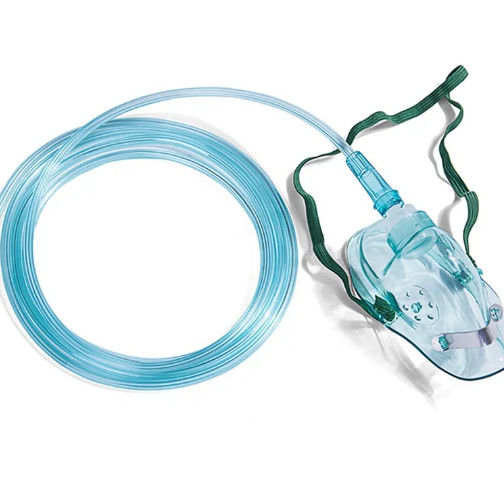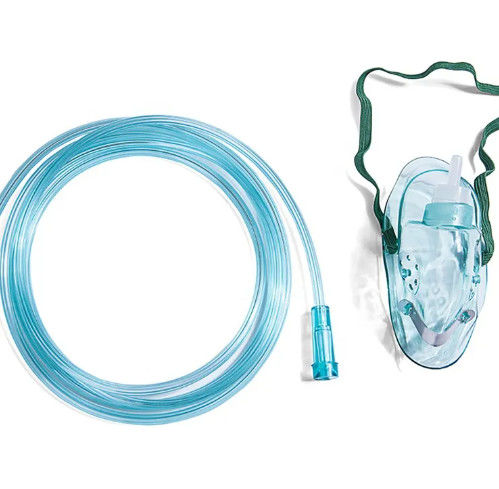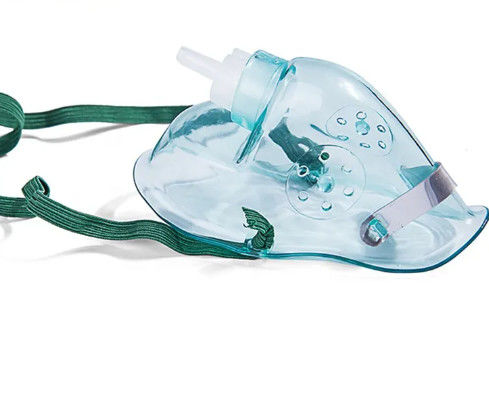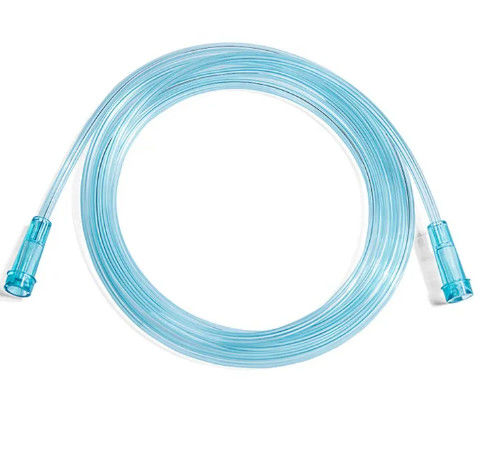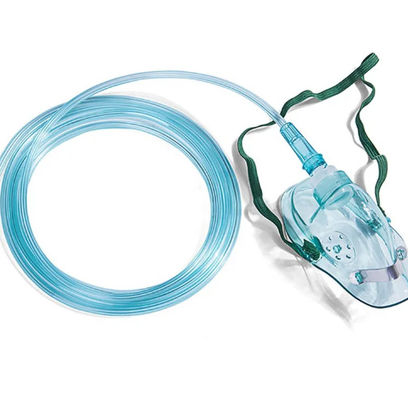
CE ISO Certified Disposable Medical Pvc Oxygen Mask With Tubing
-
Highlight
tubing disposable medical pvc oxygen mask
,disposable medical pvc oxygen mask
-
Place Of OriginChina
-
Brand NameOEM
-
Product NameOxygen Mask
-
Disinfecting TypeEOS
-
SizeCustomized
-
StockNo
-
Shelf Life1 Years
-
MaterialMedical Grade PVC
-
Quality CertificationCE
-
Instrument ClassificationClass I
-
PropertiesMedical Materials & Accessories
-
KeywordAdult/Pediatric Oxygen Mask
-
TypeGeneral Medical Supplies
-
ColorTransparent
-
FeatureDisposable
-
PackingPE Bag
-
CertificateCE/ISO
-
UsageSingle-use
-
Place of OriginChina
-
Brand NameHenan Aile
-
CertificationCE
-
Model NumberCustomized
-
Minimum Order Quantity5000pcs
-
PriceNegotiable
-
Packaging DetailsIndividual Packaging
-
Delivery Time24-30 days
-
Payment TermsL/C, T/T, Western Union
-
Supply Ability50000000pcs per month
CE ISO Certified Disposable Medical Pvc Oxygen Mask With Tubing
CE ISO certified disposable medical pvc oxygen mask with tubing
Size and Fit: Adult oxygen masks come in various sizes to ensure a proper fit. It's important to choose a mask that fits comfortably over the nose and mouth, providing a secure seal to prevent oxygen leakage. Adjustable straps or nose clips can help customize the fit.
Material: Oxygen masks are typically made of soft, flexible, and latex-free materials such as PVC (polyvinyl chloride) or silicone. These materials should be hypoallergenic and comfortable for the patient.
Oxygen Tubing: Check the length and flexibility of the tubing that connects the mask to the oxygen source. Sufficient length allows for easy movement, while flexibility ensures comfort and prevents kinks in the tubing.
Oxygen Flow Rate: Consider the required oxygen flow rate for the patient. Different masks may have flow rate limitations, so ensure that the mask you choose can deliver the necessary oxygen concentration at the prescribed flow rate.
Connection Type: Confirm the compatibility of the mask's connection type with your specific breathing machine. Common connection types include standard connectors such as 22 mm connectors or more specialized connectors depending on the machine and tubing system.
Disposable and Single-Use: Disposable masks are designed for single use and should be discarded after each use to maintain hygiene and prevent cross-contamination. Ensure that the masks you select are explicitly labeled as disposable.
Certifications: Look for masks that have obtained relevant certifications, such as FDA approval or CE marking, which indicate compliance with safety and quality standards.
![]()
What is an oxygen mask in hospital for?
Patients with respiratory infections often require the use of supplemental oxygen via oxygen masks, which, in the hospital, may become sources of aerosolized infectious pathogens.
| Name | Medical Oxygen Mask |
| Properties | Medical Materials & Accessories |
| Size | S,M,L,XL |
| Material | Medical grade PVC |
| Color | Natural Color, Green, Blue or Custom |
![]()
![]()
What is an oxygen mask in hospital for?
Patients with respiratory infections often require the use of supplemental oxygen via oxygen masks, which, in the hospital, may become sources of aerosolized infectious pathogens.
Respiratory Distress: Patients experiencing difficulty breathing, shortness of breath, or low blood oxygen levels may require supplemental oxygen through a mask to improve their oxygenation.
Chronic Obstructive Pulmonary Disease (COPD): COPD patients, including those with emphysema or chronic bronchitis, often require oxygen therapy to relieve their breathing difficulties and maintain sufficient oxygen levels.
Pneumonia and Lung Infections: Patients with severe pneumonia or other lung infections may need supplemental
oxygen to support their respiratory function until the infection is treated.
Post-Surgical Care: After certain surgeries, patients may require oxygen therapy to aid in their recovery and support lung function until they can breathe adequately on their own.
Trauma and Critical Care: In emergency and critical care settings, oxygen masks are frequently used to stabilize patients with severe injuries, shock, or respiratory distress.
Anesthesia and Sedation: During surgical procedures, patients are often intubated and connected to a ventilator. Oxygen masks can be used to administer high levels of oxygen before and after intubation.
![]()
What oxygen mask is used for Covid?
Any patient suspected of having COVID‐19 disease should be managed in a negative pressure room when possible. This is particularly true for patients requiring any form of supplemental oxygen therapy. Staff treating the patient should use maximum PPEs with N‐95 masks and eye protection.
Is oxygen mask better than cannula?
Some patients may prefer using a face mask instead of a cannula, as face masks offer several distinct advantages. Most notably, face masks can provide a consistent flow of oxygen and generally have a higher recommended flow rate than standard nasal cannulas, with flow rates averaging between 6 and 10 litres per minute.

